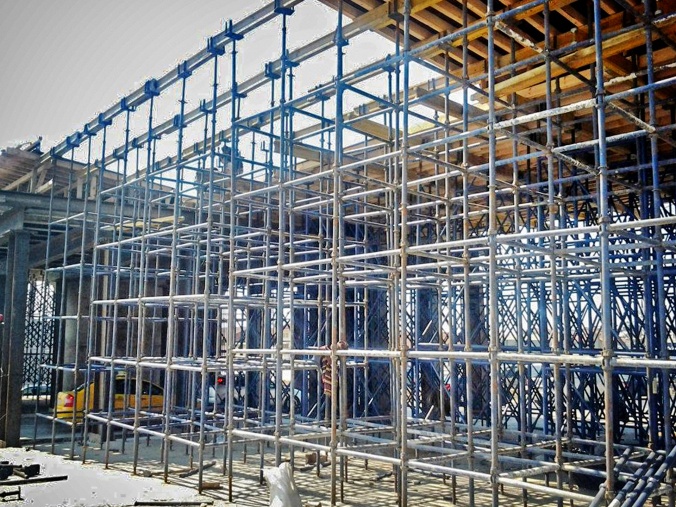 With the scale of the tallest building in the Etcham and Sidcup area reaching 56 metres the primary focus of every scaffolder is to erect and dismantle a scaffold safely. This is exactly why it is mandatory for these professionals to assess their task when working at a height. They need to stay aware of the various risks involved and take every necessary precaution to prevent any fatal or serious injury caused by accidentally falling from the structure.
With the scale of the tallest building in the Etcham and Sidcup area reaching 56 metres the primary focus of every scaffolder is to erect and dismantle a scaffold safely. This is exactly why it is mandatory for these professionals to assess their task when working at a height. They need to stay aware of the various risks involved and take every necessary precaution to prevent any fatal or serious injury caused by accidentally falling from the structure.
The best way to maintain safety when working at a height is to organise and plan the work in such a way so that they can minimise any fall or injury. Since preventing working at a height isn’t possible in the construction industry, scaffolders should consider all the key issues which will help them to manage their work and communicate with other professionals while the work is being done.
Few Key Issues for Scaffolders in Eltham Working at a Height
- Risk Assessment
It is the responsibility of scaffolders and other sub-contractors in Sidcup to assess the risks and accordingly decide the necessary precautions. Every vital finding should be recorded and the assessment reviewed at fixed intervals. The process should be simple and not overcomplicated. Even the control measures suggested by them should be easy to apply.
- Precautions
The main reason for the risk assessment is to make it easier for the scaffolders to identify the risks, organise themselves, plan their work, and take the necessary precautions. A certified supervisor should also be responsible for ensuring that the work is carried out in a safe manner. The best way to prevent a worker from falling is by using a separate platform with tough toe-boards and double guard-rail.
- Method Statements
For someone not aware of the term, method statements are basically recordings made by scaffolders in Eltham clearly stating the hazards involved in working at a height and communicating the necessary precautions to everyone involved. The statement should be simple, short and effectively achieve the objectives stated above. If necessary, scaffolders can even include some simple sketches in the method statements.
It is mandatory for every scaffolder in Sidcup & Eltham to have adequate information about the three key issues stated above if they are willing to work at a height and prevent accidents.
 Do you often worry about your workplace safety during construction? Wondering whether inspecting your structures will be a wise decision? Trust us; opting for scaffold inspection can undoubtedly be your best way to ensure the safety of your workers!
Do you often worry about your workplace safety during construction? Wondering whether inspecting your structures will be a wise decision? Trust us; opting for scaffold inspection can undoubtedly be your best way to ensure the safety of your workers!





